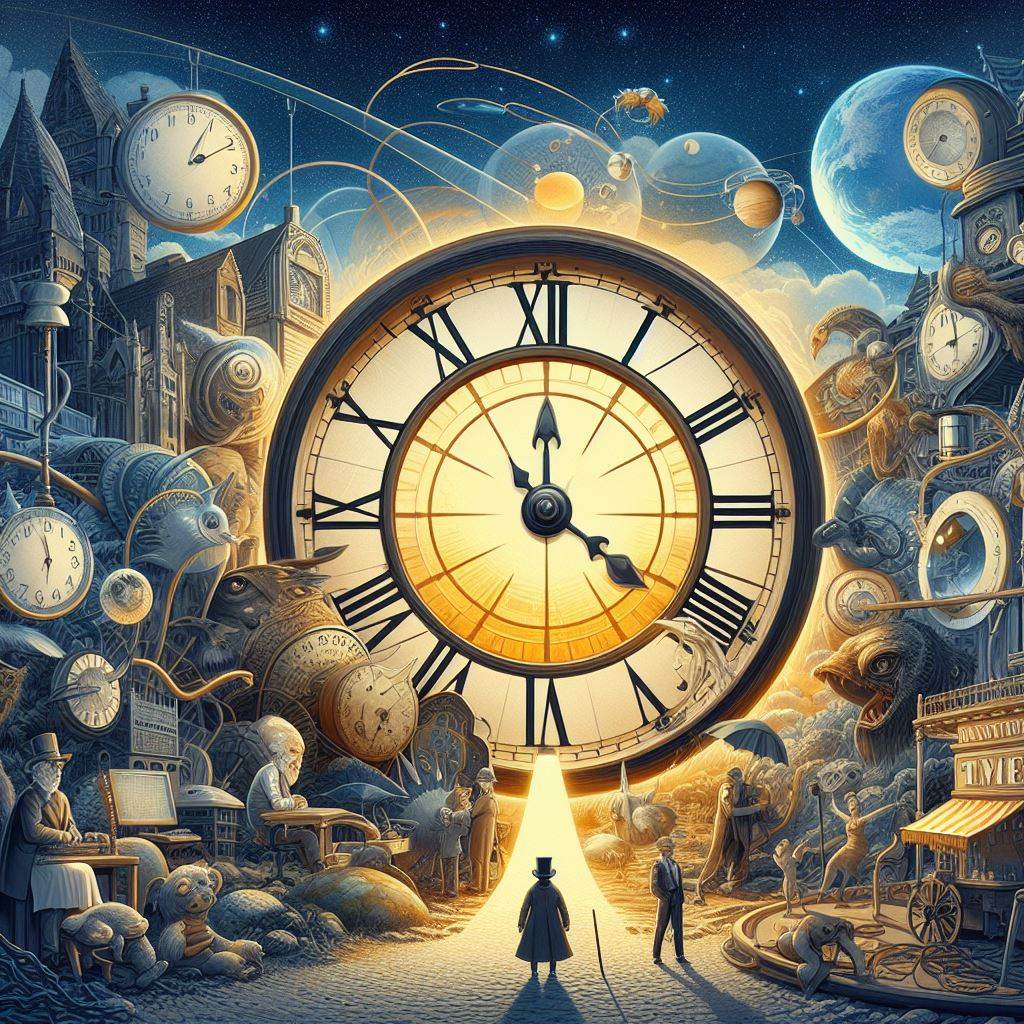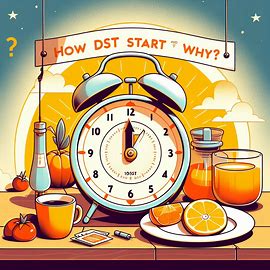The Weird and Wonderful World of Daylight Saving Time
 |
|---|
Daylight saving time (DST) is one of those things that most people take for granted, but few really understand. It’s the practice of adjusting the clocks forward by one hour during the summer months, and back by one hour during the winter months, in order to make better use of the natural daylight. Sounds simple enough, right? Well, not quite. DST has a long and complicated history, and it affects different regions and countries in different ways. In this article, we will explore the weird and wonderful world of DST, and answer some of the most common questions about it, such as:
- How did DST start and why?
- What are the benefits and drawbacks of DST?
- When does DST change and how can I keep track of it?
- How can I use a time zone converter to plan my travels and meetings across DST zones?
How did DST start and why?
 |
|---|
The idea of DST dates back to ancient times, when some civilizations adjusted their daily schedules according to the sun’s position. For example, the Roman Empire used a system of variable hours, where the length of each hour changed depending on the season. However, the modern concept of DST was first proposed by Benjamin Franklin in 1784, in a satirical essay titled “An Economical Project for Diminishing the Cost of Light”. Franklin suggested that Parisians could save money on candles by waking up earlier and going to bed earlier, and he jokingly calculated how much they could save by adjusting their clocks accordingly.
However, Franklin’s idea was not taken seriously until the late 19th and early 20th centuries, when several inventors and politicians advocated for DST as a way to save energy, increase productivity, and promote outdoor activities. The first country to adopt DST was Germany, in 1916, during World War I, as a measure to conserve coal. Soon, other countries followed suit, including the United States, which enacted DST in 1918. However, DST was not standardized or coordinated across the world, and different countries and regions adopted, abolished, or modified DST according to their own preferences and needs. This resulted in a patchwork of DST practices that continues to this day.
What are the benefits and drawbacks of DST?
 |
|---|
The main argument in favor of DST is that it saves energy, by reducing the need for artificial lighting in the evening. According to some studies, DST can reduce electricity consumption by up to 4% in some regions. DST also has other potential benefits, such as:
- Improving public health and safety, by increasing the exposure to natural light, which can boost mood, immunity, and sleep quality, and by reducing the risk of traffic accidents, crime, and seasonal depression.
- Enhancing economic and social activities, by extending the daylight hours for outdoor recreation, tourism, shopping, and entertainment, and by facilitating cross-border trade and communication.
- Preserving the environment, by lowering greenhouse gas emissions, air pollution, and water consumption, and by promoting wildlife conservation and natural habitats.
However, DST also has some drawbacks, such as:
- Disrupting the circadian rhythm, which is the natural cycle of sleep and wakefulness, and causing health problems, such as fatigue, insomnia, headaches, and heart issues.
- Increasing the complexity and confusion of timekeeping, especially for travelers, businesses, and computer systems, and causing scheduling errors, missed appointments, and technical glitches.
- Reducing the quality and quantity of sleep, by forcing people to adjust their sleeping patterns twice a year, and by interfering with the production of melatonin, a hormone that regulates sleep and other biological functions.
- Negatively affecting some sectors and groups, such as farmers, who rely on the sun for their work, and students, who may have to start school earlier or later, and perform worse on tests and exams.
When does DST change and how can I keep track of it?
One of the most confusing aspects of DST is that it does not change at the same time or date across the world. In fact, some countries and regions do not observe DST at all, while others have different rules and exceptions for DST. For example, in the United States, DST begins on the second Sunday of March and ends on the first Sunday of November, except for Hawaii and most of Arizona, which do not use DST. In the European Union, DST begins on the last Sunday of March and ends on the last Sunday of October. In Australia, DST begins on the first Sunday of October and ends on the first Sunday of April, except for Queensland, Western Australia, and the Northern Territory, which do not use DST. And in Brazil, DST begins on the first Sunday of November and ends on the third Sunday of February, except for some states in the north and northeast, which do not use DST.
As you can see, keeping track of DST changes can be quite challenging, especially if you travel or communicate across different time zones. Fortunately, there are some tools and tips that can help you with this task, such as:
- Using a time zone converter, such as Current Time UTC, which allows you to look up the local time and DST status for any location in the world, and compare the time difference between multiple locations. This can be very useful for planning your trips, meetings, calls, and events across DST zones.
- Setting your devices and applications to automatically update the time and date according to the DST changes in your region. This can save you the hassle of manually adjusting your clocks and calendars every time DST changes.
- Checking the official sources and websites of the countries and regions you are visiting or contacting, to confirm their DST rules and dates, and to avoid any surprises or misunderstandings.
- Being aware of the potential effects of DST changes on your health and well-being, and taking some measures to cope with them, such as gradually adjusting your sleep schedule, exposing yourself to natural light, and avoiding caffeine and alcohol.
Conclusion
DST is a fascinating and controversial topic, that has both advantages and disadvantages, and that varies widely across the world. Whether you love it or hate it, DST is something that you need to be aware of and prepared for, especially if you travel or communicate across different time zones. By using a time zone converter, such as Current Time UTC, you can easily find out the local time and DST status for any location in the world, and plan your activities accordingly. We hope you enjoyed this article, and learned something new and interesting about the weird and wonderful world of DST.